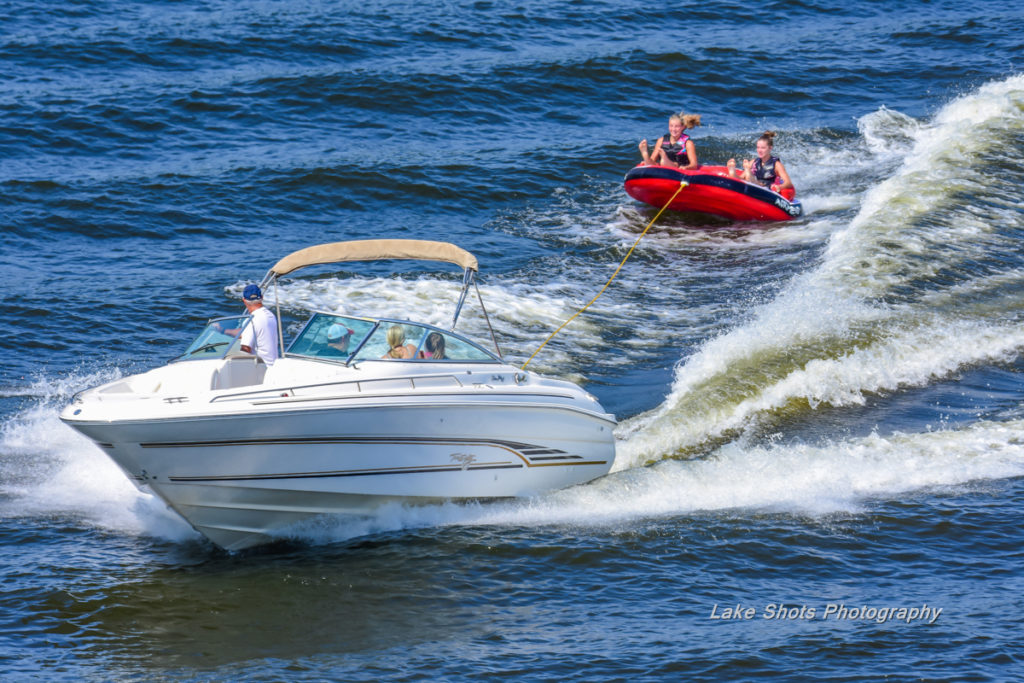
Kids Tubing
Treating Lake visitor injuries for decades, the doctors at Lake Regional have seen a thing or two…
by Anita Harrison/Lake Regional Health System
When Lake of the Ozarks is busy, that means Lake Regional’s Emergency Department is preparing for nonstop action. During peak tourism season, May through September, Lake Regional Emergency Department averages about 80 more trauma patients a month than in other months. That’s a 27 percent increase.
“Trauma includes everything from burns to broken bones, and the causes range from car accidents to domestic assaults,” said Mariah Swinker, Lake Regional’s trauma nurse coordinator. “In the summer, a lot of our visits come from injuries sustained on the water.”
In summer 2019, the most common lake-related injuries treated at Lake Regional Emergency Department were:
- lacerations (120 injuries)
- sprains/strains/contusions (52 injuries)
- fractures (47 injuries)
- concussions (12 injuries)
- compression fractures (9 injuries)
Common Causes Of Boating Injuries
Slips & Falls
For all but compression fractures, the most common cause of the boating injuries listed above is slips and falls.
“Usually, people aren’t doing anything that seems particularly risky, but they could perhaps be a little more aware or careful,” Swinker said. “For example, no one should be standing while a boat is underway, and it’s not a good idea to run on a wet dock. Sadly, many drownings also begin with a fall. That’s one reason you should always wear a life jacket when you are on or near the water — so a simple fall doesn’t turn into something tragic.”
Tubing
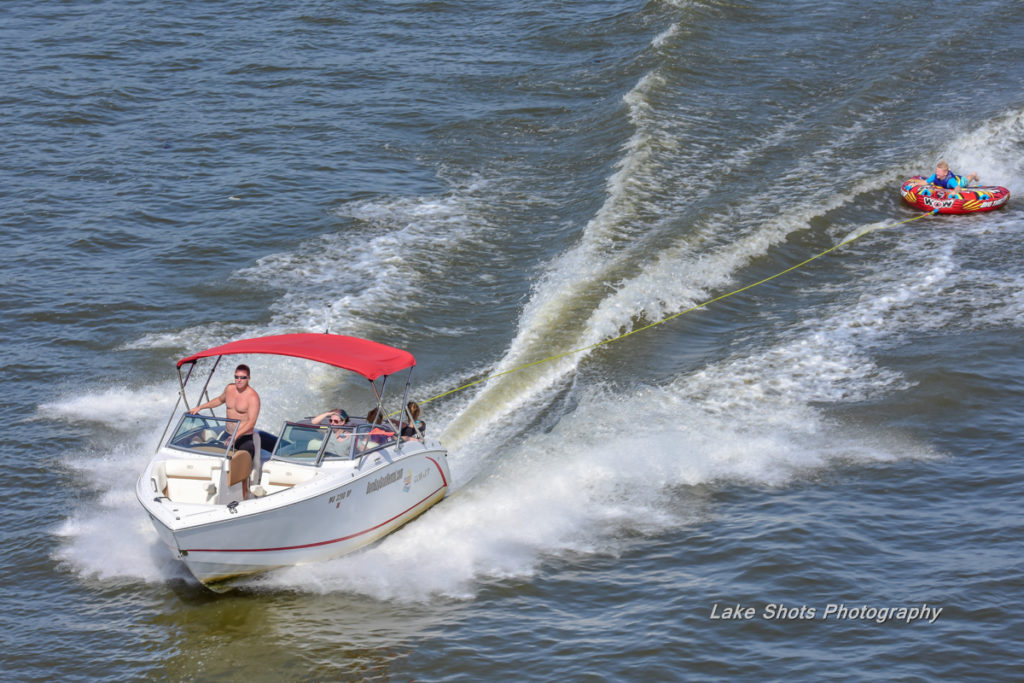
Another top cause of lacerations, sprains, fractures and concussions is tubing.
“Many tubing injuries occur when the number of riders on the tube exceeds the manufacturer’s recommendation,” Swinker pointed out. “Always follow recommendations for number of riders, size, weight, age limits and maximum towing speed.”
Compression Fractures: Rough-Water Boating
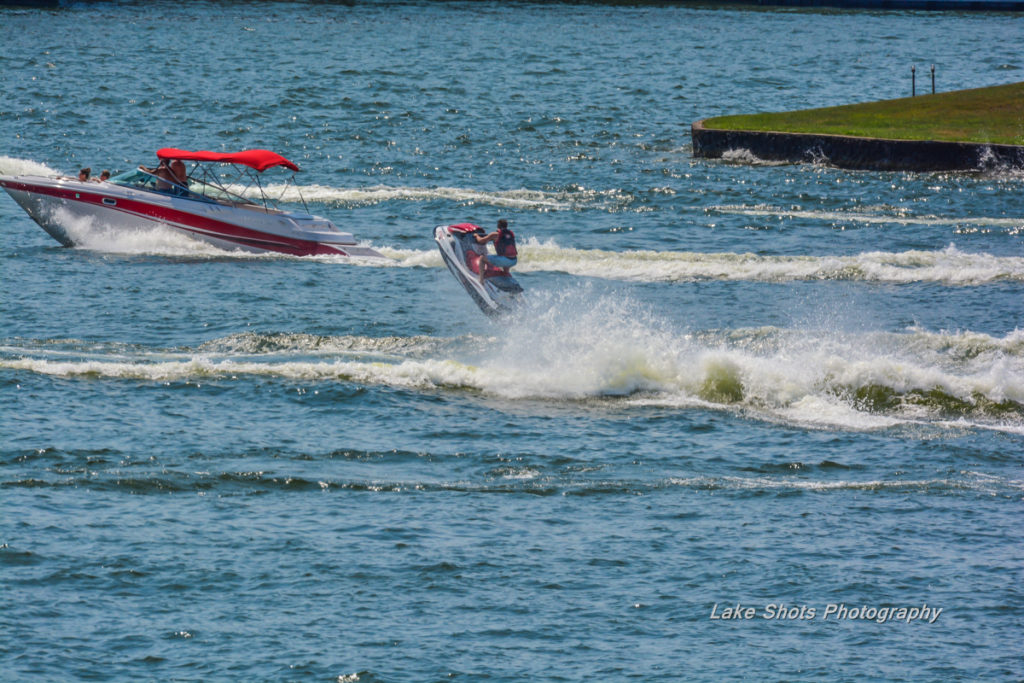
As for compression fractures, most of these injuries happen when boating in rough water — when the boat hits a wake and riders bounce on their seats.
“Landing hard in a seated position can crush bones in the spine,” she said. “To prevent this injury, don’t speed, especially in high traffic areas. Also, don’t allow riders in the bow.”
Swinker also warns against speeding at night. “Decreased visibility increases the risk of accidents,” she said. “Slow your speed, and stick to familiar areas.”
Propeller & Propulsion Injuries
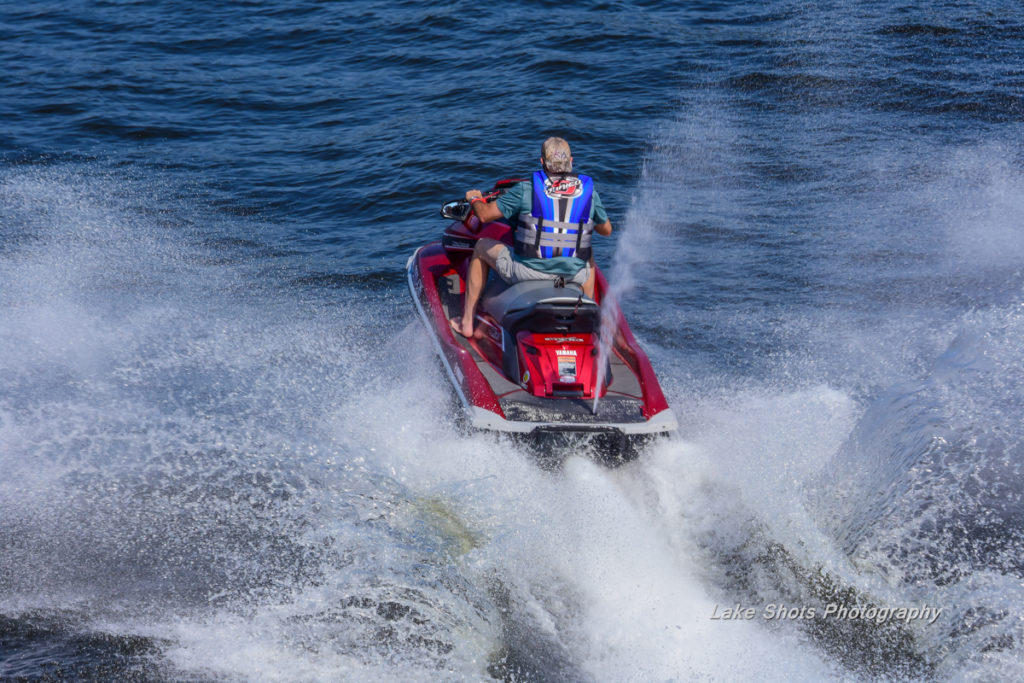
Some less frequent, more serious boating injuries that show up at Lake Regional Emergency Department include propeller injuries and injuries from personal water craft propulsion.
“Most propeller injuries happen when someone either falls from a moving boat or slips while boarding or exiting a boat,” Swinker reminded. “Always, always turn the boat off before allowing anyone to board or exit, and make sure all passengers are seated properly before taking off. Also, the driver should always wear an engine cutoff lanyard. That way if they are thrown from their seat, the propeller will stop. And if someone falls overboard, the driver should turn the engine off completely before turning to attempt a rescue.”
Injuries related to personal watercraft propulsion happen when someone falls off the back of an accelerating watercraft. The water shooting from the watercraft can cause severe injuries to the vagina, perineum and rectum. These injuries can be life-threatening or life-altering.
“The best defense is to wear a neoprene wetsuit or shorts when riding a personal watercraft,” Swinker said. “The neoprene creates a barrier and helps prevent water from entering body cavities. You also should wear neoprene shorts when tubing, waterskiing and wakeboarding.”
One Last Thing… Alcohol
You can’t talk about the causes of boating injuries and not mention alcohol. “In fact, alcohol is the leading contributing factor in fatal boating accidents,” Swinker said. “Of course, the captain needs to be sober, but ideally, everyone else on board should be, too. That’s the safest way to make good memories on the water.”
Trauma Center
As a Level III Trauma Center, Lake Regional has 24/7 acute care and trauma surgeons on call. John Patton, D.O., FACOS, a general surgeon, serves as the trauma medical director, and Mariah Swinker is a full-time registered nurse dedicated to the trauma program’s daily management and continued success.
“Lake Regional is the only hospital between Springfield and Columbia that has the trauma center designation,” Dr. Patton pointed out. “During an emergency, we are here to provide life-saving care to our residents and visitors.”

Dr. John Patton
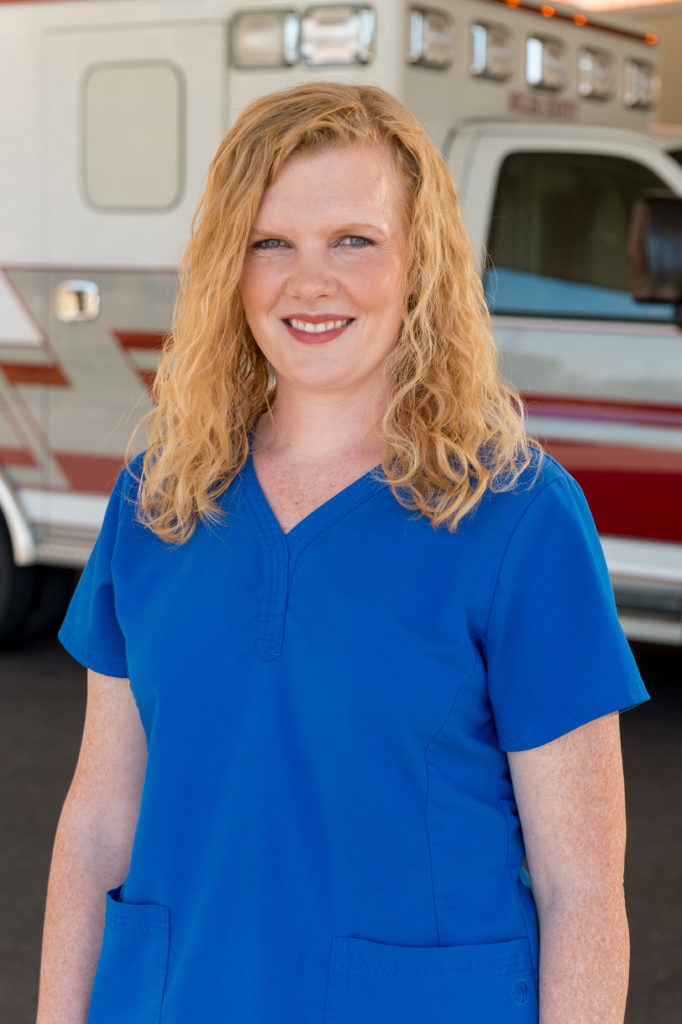
Mariah Swinker
